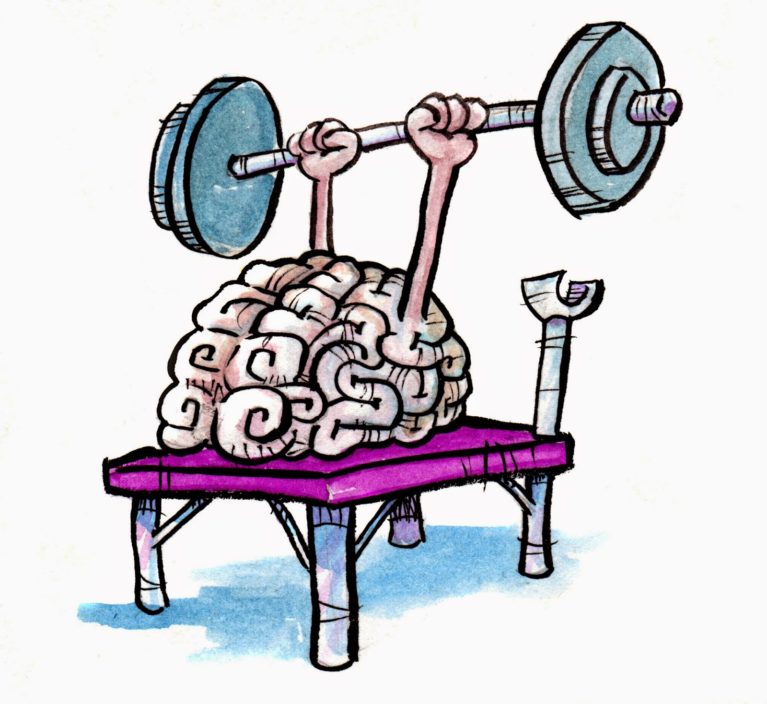Once you have determined what the relevant focal targets are for any task, you must figure out which focal mode best suits those targets.
There are four distinct modes of focus which refer to your awareness. After you understand these modes consider which mode is going to provide maximum performance for your objective.
Focus Modes:
- Narrow-Internal (FEEL): This refers to focusing on specific feelings in the body. It can include your physical sense of pressure, exhaustion, pain, balance, etc.
- Wide-Internal (THINK): This refers to focusing on ideas, concepts, strategies, etc. It includes anything that originates in the mind.
- Narrow-External (LOOK): This refers to focusing on a single object outside of the body. This could include a hockey puck, a player, the goal, the ref, etc.
- Wide-External (SEE): This refers to focusing broadly on a large field of view that may include many objects. It is sometimes referred to as “gazing” in a direction as opposed to “staring” at a specific spot (which would be Narrow-External).
- Note that, by our definition, you can LOOK as something with your ears and and you can SEE something with your nose! As long as you are sensing something outside or some part of the outside world, we call it LOOKING and SEEING!
Evaluate each of these modes of focus and consider which of them best suits the various situations you face.
Get used to recognizing each mode of focus by practicing them in non-critical situations (grocery shopping, video gaming, etc.).
With time it will become clear which mode provides the relevant information needed for maximum performance in each of the phases of your game.
Take a moment to determine which mode of focus is best suited to the following situations:
- Making a pass
- Protecting the blue line
- Adjusting your equipment
- Designing a play
As with many of the skills we have considered, the utilization of this skill will become effortless and automatic once you have gained insight into what is going on…and why.



Leave a comment